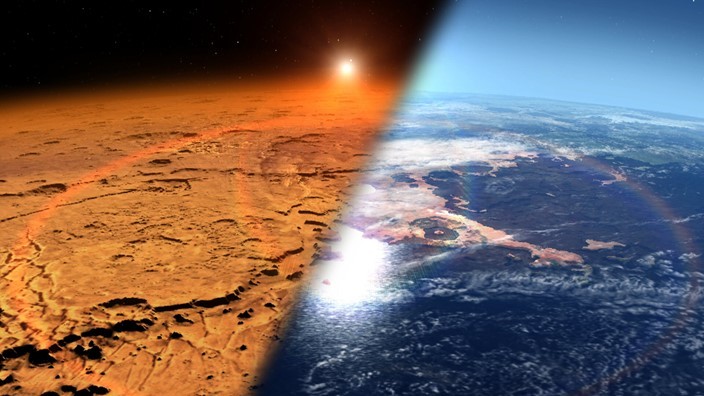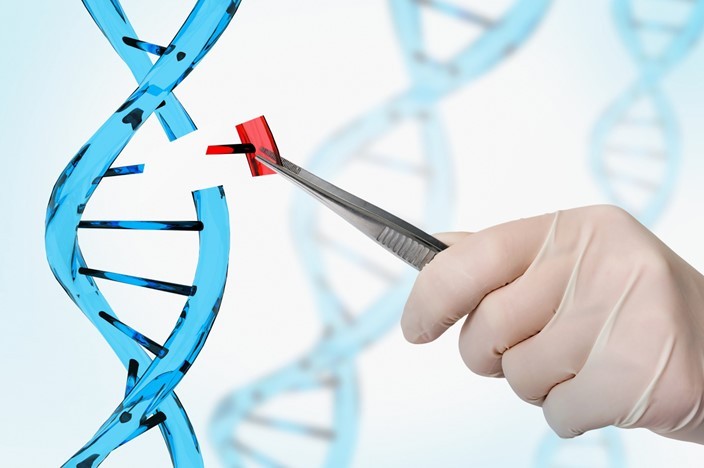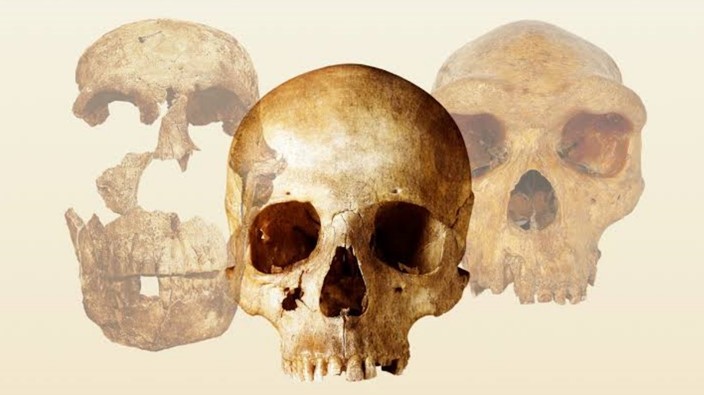From gravitational wave detection to advances in artificial intelligence, the development of genetic editing techniques such as CRISPR, and the finding of evidence that Mars once harbored water in its liquid form, the past 10 years have been the scene of many important scientific progress – and you can check out 5 of the most notable below:
1 – AI increasingly… smart
Just search the archive news here right from Teknologya to be amazed at how far artificial intelligence has advanced in the last decade! By using statistics to identify patterns in databases containing absurd amounts of data, machines are becoming increasingly “smart” and AI today can be found everywhere – and is already part of everyday life of all of us. Or who do you think responds when we need recommendations from a voice assistant or select series suggestions for marching on Netflix?

But the development of technology does not stop and is moving at a very fast pace. By the way, besides talking a lot about machine learning in the last decade, the speech has started to change to deep learning for some years now – and there are already important advances focused on replicating the functioning of the human brain and the construction of artificial neural networks. Machines are expected to integrate more and more into our daily lives and ( if reality does not copy fiction! ) Make our lives better by being employed to help us progress in the fields of medicine, pharmacology, cosmology, genetics, engineering. etc.
2 – Past habitable
Curiosity, the famous space explorer that NASA put to Mars in mid-2012, was quick to discover interesting things about our neighbor. Not long after arriving, the rover found evidence – in the form of round pebbles – that the Red Planet once harbored rivers, lakes, fountains and perhaps even oceans on its surface, that is, water. A lot of water. And this, as you know, is a key ingredient for life as we know it can flourish.

Since then, the traveling lab has also discovered organic molecules there, materials that suggest that Mars may have harbored life forms in the distant past. And with other rovers scheduled to travel to the planet and keep Curiosity company in the coming years, scientists may finally be able to find out if the Terrans ever had company in the cosmos.
3 – Posthumous Proof
Albert Einstein’s theories and predictions have been put to the test for decades – and invariably pass all the tests to which they are subjected. However, the most important of the last decade was certainly the proof that gravitational waves, a phenomenon predicted by the physicist in his General Theory of Relativity and consisting of ripples generated in the space-time tissue, exist.

Gravitational waves were first detected in September 2015, and scientists at the time found that they were produced by the collision of two black holes 1.3 billion light years away from Earth. But the shock was so powerful that ripples traveled through the cosmos – at the speed of light – until they reached our world and were recorded here. By the way, since then, so many gravitational waves have been detected, proving again that Einstein really knew things!
4 – Editing genes
You may have read about CRISPR, which stands for Clustered Regularly Interspaced Short Palindromic Repeats – which quite basically consists of a genetic editing technique in which scientists “cut and paste” genes to correct defects or improve certain genetic attributes.

The technology was announced in 2012 by the pair of scientists formed by Emmanuelle Charpentier and Jennifer Doudna, and is a much simpler and affordable method than other gene therapies in use, and is incredibly promising and potentially has countless applications. The editing technique has yet to be improved and refined, but it is an important advance for humanity.
5 – Enlarging the family
The last decade began with the discovery in 2010 that our evolution was far more complex than previously thought when our evolutionary tree gained new members. One of the extinct hominid species that crossed our path in the past was the Denisovans, identified through the genetic sequencing of fossil samples found in the Denisova Cave in Siberia.

Other human ancestors identified over the past decade were the Homo naledi species, whose fossils were discovered in South Africa in 2015, and the Homo luzonensis species, classified in the Philippines this year. In addition, advances in paleogenetics have revealed that modern humans and Neanderthals have related – and a lot! – For thousands of years, the proportion of Neanderthal genetic material found in non-African populations is 1.5 to 2.1%.